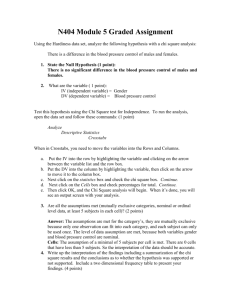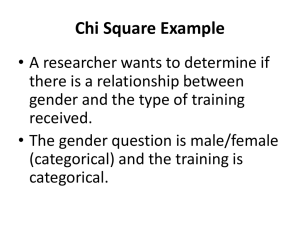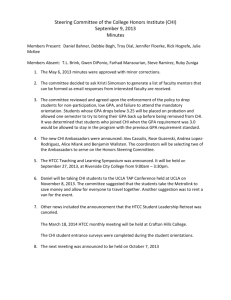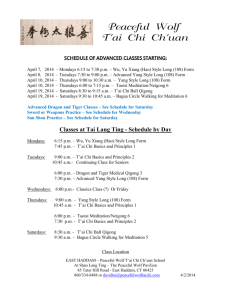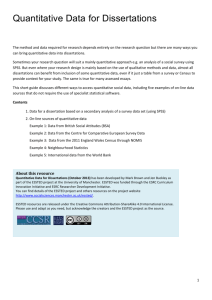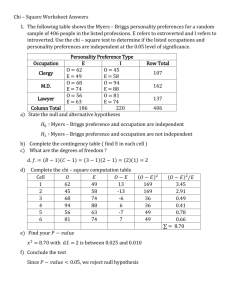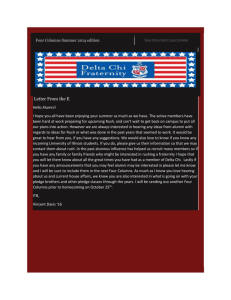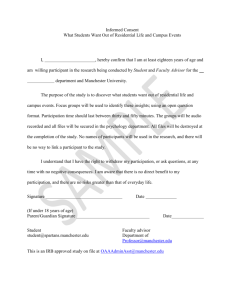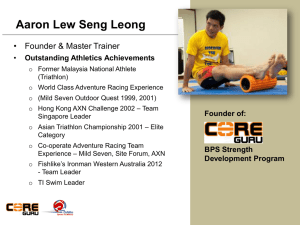Student guide to sourcing evidence data from the BSA
advertisement
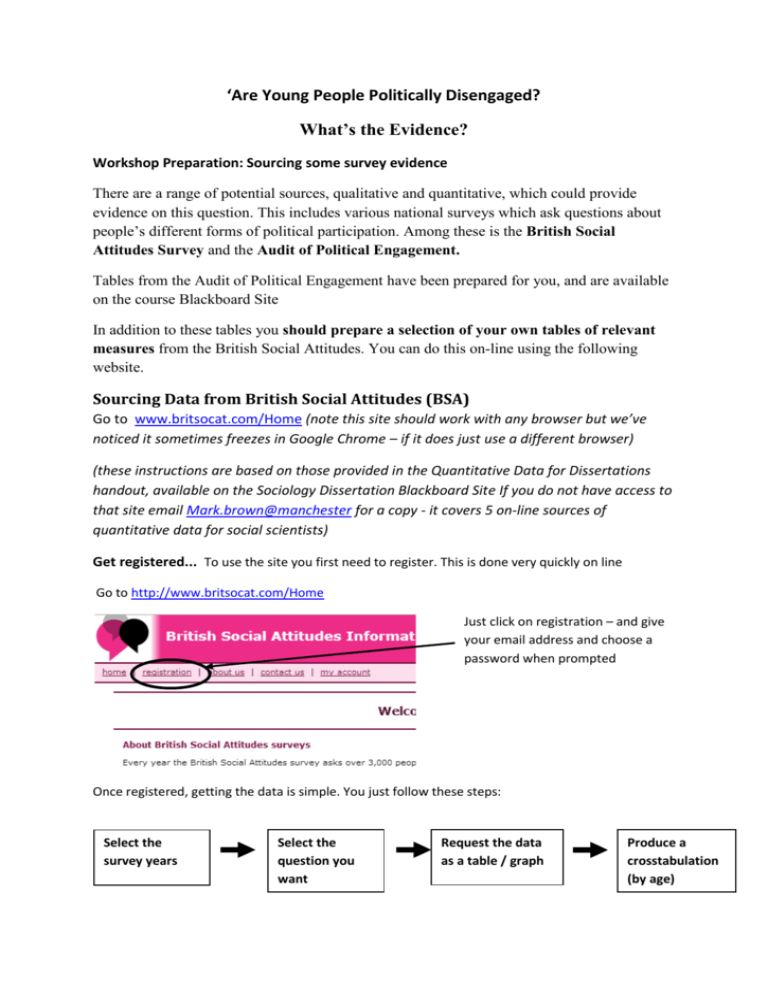
‘Are Young People Politically Disengaged? What’s the Evidence? Workshop Preparation: Sourcing some survey evidence There are a range of potential sources, qualitative and quantitative, which could provide evidence on this question. This includes various national surveys which ask questions about people’s different forms of political participation. Among these is the British Social Attitudes Survey and the Audit of Political Engagement. Tables from the Audit of Political Engagement have been prepared for you, and are available on the course Blackboard Site In addition to these tables you should prepare a selection of your own tables of relevant measures from the British Social Attitudes. You can do this on-line using the following website. Sourcing Data from British Social Attitudes (BSA) Go to www.britsocat.com/Home (note this site should work with any browser but we’ve noticed it sometimes freezes in Google Chrome – if it does just use a different browser) (these instructions are based on those provided in the Quantitative Data for Dissertations handout, available on the Sociology Dissertation Blackboard Site If you do not have access to that site email Mark.brown@manchester for a copy - it covers 5 on-line sources of quantitative data for social scientists) Get registered... To use the site you first need to register. This is done very quickly on line Go to http://www.britsocat.com/Home Just click on registration – and give your email address and choose a password when prompted Once registered, getting the data is simple. You just follow these steps: Select the survey years Select the question you want Request the data as a table / graph Produce a crosstabulation (by age) The following screenshots show how this is done but at each step clear on-line instructions are given at the top of the screen STEP 1: Select the year of data 1. Click on ‘survey years’ To address the question of whether young people are more disengaged than before we need data for more than one time point so select ‘All years’ STEP 2: Choose the survey questions/variable you’re interested in Select… Contents list from the menu Navigate through the tree (as shown below) to locate areas of interest Your aim is to find questions that measure a range of types of political participation from voting to demonstrations. The BSA has a number of these but they are buried a bit (there are hundreds of variables in the data set across many topics) and you’ll need to persevere to find them As a tip, you’ll find most of them under the two headings ‘Law, Crime, Legal Systems’ and ‘Politics, Government’ Alternatively if you know what you’re looking for you can just type in the first few letters into the drop down box and click ‘select’. As an example.. suppose you want to find measures on voting. Just start type ‘voting’ into the box at the top and ‘Voting in General Elections’ will be listed as one of the topics) – now click on select (as shown below) This opens up the tree with relevant questions... If you search down you’ll find this... The years in brackets at the end of each question indicate which years of the survey the question was asked – so the first question listed here was asked a number of times from 1991 to 2011 STEP 3: Show the results To see the survey results for a question you simply click on it Results appear as a table.... and as a bar chart... STEP 4: Crosstabs... and a chi square test for statistical significance You will notice that at the top of the results page you have the option to request crosstabs and a chi square test (to test if the relationship is statistically significant, and can be generalised from the sample to the population) Select the chi square box.... and then click on crosstabs.. Now select the variable you want to use in the crosstab from the list provided ... here we’ve selected age (3 categories) Click ‘view results’ and you get the crosstabulation shown as a table and as a stacked bar chart, and results of the chi square test (just shown here for most recent year 2011 – a similar table/chart will be generated for the other years the question was asked ) Note you can either print off charts directly or save them e.g. export data to Excel where you can produce your own tables and graphs Chi Square result shows the relationship between the two variables is statistically significant Now use this method to find data for a selection of other measures of political participation. Tips.. the BSA asks questions about relevant behaviour including involvement in demonstrations, petitions, writing to your MP etc. It also asks a number of attitudinal questions that are very relevant to the debate such as interest in and knowledge of politics or whether people feel they can make a difference. Note You should aim where possible to find questions that are asked at more than one time point to allow you to look at change over time About this resource ‘Power and Protest: Are the young politically disengaged?’ was developed by the ESSTED team in collaboration with Dr Gemma Edwards the convenor of Power and Protest at The University of Manchester. Authors: Gemma Edwards, Mark Brown, Susan O’Shea and Jen Buckley Date: July 2014 ESSTED was funded through the ESRC Curriculum Innovation Initiative and ESRC Researcher Development Initiative. You can find details of the ESSTED project and others resources on the project website http://www.socialsciences.manchester.ac.uk/essted/ ESSTED resources are released under the Creative Commons Attribution-ShareAlike 4.0 International License. Please use and adapt as you need, but acknowledge the authors.
